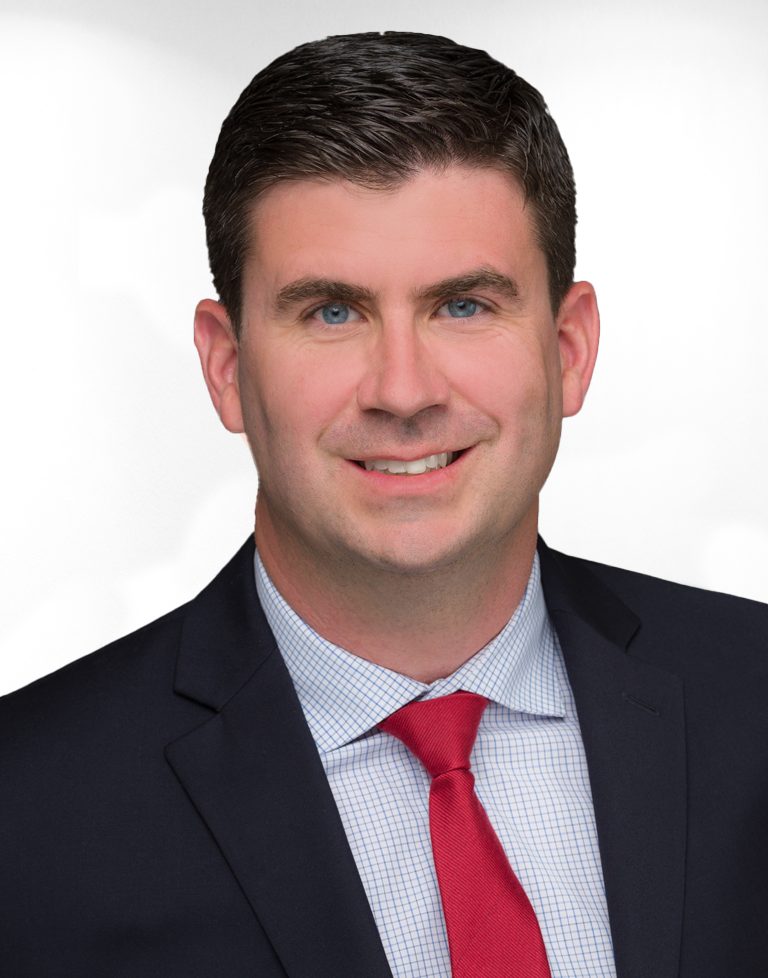Even though ski season is still a few weeks away, many in the north are starting to get their bodies ready to hit the slopes. While many start early conditioning to reduce the muscle soreness they face after their first few nights out, others set their sights on injury prevention. Both are great reasons to start working on your strength, flexibility, and balance. Doing this at least 2 months before the season starts is a great way to set yourself up for your best season yet!
To learn more about ACL injuries, I spoke with Dr. Kyle Hazelwood, MD, from Bay Street Orthopedics. Dr. Hazelwood is an orthopedic surgeon and sports medicine specialist. Prior to recently moving to northern Michigan, Dr. Hazelwood served as an orthopedic surgeon in the United States Air Force and several professional and collegiate teams.
What are some contributing factors to ACL injuries sustained while skiing?
The ACL is now the most injured knee ligament among skiers. These injuries most often occur through what is known as the “slip-catch” mechanism. This happens when the inner edge of the outside ski catches in a turn. This causes the knee to be forced inward and the lower leg to rotate, which is a common mechanism for ACL injury. Several factors can contribute to the risk of ACL injury in skiers. Lower leg weakness, hip and core weakness in addition to muscle imbalances are contributing factors. Decreased overall physical fitness levels and poor balance have been shown to increase the risk of ACL injuries while skiing. For the higher-level skier landing mechanics can play a role as well. These are a few of the more common factors and the ones that are most modifiable for the majority of the recreational skiers.
If an injury is sustained, what factors should be considered when deciding about surgery?
Several factors regarding an ACL injury should be considered when deciding about surgery that patients should discuss with their doctor. Some of those factors include the type of tear (partial vs complete), any additional injuries inside the knee joint, and the patient’s goals and desired activity level. Most complete tears that are sustained in the skier’s knee will require surgery. Depending on the level of instability in the knee, some partial tears would be able to be treated with rehabilitation and potentially an ACL stabilizing brace which may allow the skier to get back on the slopes.
What is the difference between an ACL repair and ACL reconstruction?
ACL repair is when surgeons reattach the patient’s own native ACL ligament to its insertion site in the knee. ACL reconstruction, which is much more common is when surgeon’s use part of the patient’s quadriceps tendon, patellar tendon or hamstring to rebuild the ACL. Over the last several years significant research and effort has gone into ACL repair. An ACL repair surgery is an option for very specific types of tears where the ACL ligament tears directly off its upper attachment site from the lower part of the femur bone in the knee. In addition, we want the remainder of the ligament to be healthy appearing for the repair surgery to work. This is not a good option for old ACL tears. There may be some advantages to ACL repair in potentially quicker return to sports, preservation of the native ligament and not having to take a “graft” from somewhere else in the patient’s knee.
Have there been any recent advances in surgical technique relative to 10-15 years ago?
There have been several advances in ACL surgery over the last 15 years or so. The option of ACL repair is one of them. Improved understanding of the ACL anatomy and improved technology and surgical techniques have allowed surgeons to reconstruct the ACL in a way that recreates the normal anatomy of the ACL in a more minimally invasive manner using smaller bone tunnels. This has led to improved outcomes and lower rates of re-tears. The emergence of the quad tendon graft over the last few years is an exciting development due to its size and strength as a graft for ACL surgery. In addition, the potential use of augmentation with an “internal brace” and the use of biologics are exciting areas that are currently being studied to see if they can improve outcomes.
Once surgery is performed, how soon might someone be able to return to the slopes?
The average time to return to skiing after ACL surgery is between 6-9 months. The decision is individualized for each patient and depends on a number of factors. Collaboration between the surgeon and the physical therapist is a really important part of this decision. I personally believe in functional testing that is usually performed by a physical therapist or athletic trainer which is useful objective data the surgeon can use and discuss with the patient when making these decisions.
What are the best steps skiers can take to take in order to reduce the risk of ACL injury?
Focused training in the gym, or with a physical therapist for strengthening exercises of the quadriceps, hamstring, hip muscles, and especially the core muscles can help decrease the risk of injury. Targeted strengthening of these muscles improves the skier’s endurance and neuromuscular control. There is also some evidence the balance training may reduce the risk of knee injuries in skiers. Make sure to have adequate recovery time in between skiing sessions to avoid fatigued muscles which increase the risk of knee injury. Ankle biomechanics are changed due to the rigid nature of ski boots which puts more torque through the knee increasing risk of injury. So, checking the bindings at the start of the upcoming season is recommended. An old binding may prevent the boot releasing quickly from the ski which can be trouble for the knee joint. Finally, avoid bad weather conditions which has been shown to increase the risk of knee and ACL injury.








